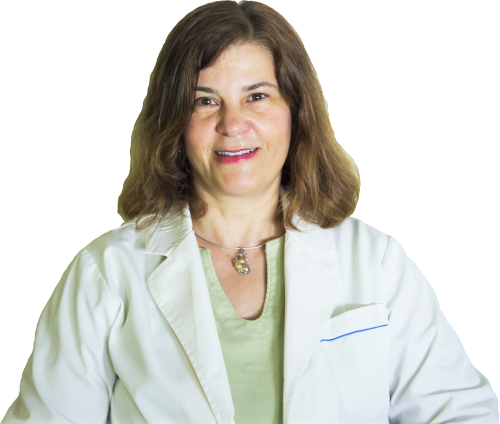- What are examples of alternative medicine?
- What’s the difference between holistic and alternative medicine?
- What are the disadvantages of alternative medicine?
Understanding Alternative and Holistic Medicine: Examples, Differences, and Considerations
When people explore ways to support their health outside of conventional Western medicine, they often encounter terms like alternative medicine and holistic medicine. While these approaches share some similarities, they each have unique characteristics. Let’s take a closer look at what they mean, with examples, distinctions, and considerations to keep in mind.
What Are Examples of Alternative Medicine?
Alternative medicine refers to treatments and healing practices used in place of conventional medicine. Some widely recognized examples include:
- Acupuncture – a traditional Chinese medicine practice using fine needles to stimulate specific points on the body to restore balance.
- Herbal Medicine – the use of plants, roots, and natural extracts for healing purposes.
- Chiropractic Care – focusing on spinal alignment and musculoskeletal health.
- Homeopathy – a system that uses highly diluted natural substances to stimulate the body’s healing response.
- Ayurveda – an ancient Indian system of medicine emphasizing diet, herbs, and lifestyle.
- Meditation and Yoga – practices that reduce stress, enhance mental clarity, and support physical well-being.
What’s the Difference Between Holistic and Alternative Medicine?
The terms are sometimes used interchangeably, but they are not the same:
- Alternative Medicine – focuses on using non-conventional therapies instead of standard Western treatments.
- Holistic Medicine – takes a whole-person approach, addressing body, mind, spirit, and emotions. Holistic care may include alternative therapies, but it can also integrate conventional treatments when beneficial.
For example, a holistic practitioner may recommend acupuncture for pain relief while also encouraging proper nutrition, stress management, and conventional check-ups with a medical doctor.
What Are the Disadvantages of Alternative Medicine?
While alternative medicine can provide many benefits, there are some considerations:
- Limited Scientific Evidence – not all alternative therapies have extensive research to support their effectiveness.
- Delayed Conventional Treatment – relying solely on alternative methods without medical supervision may delay necessary care for serious conditions.
- Quality and Safety Concerns – herbal supplements and remedies vary in purity, dosage, and regulation.
- Not Always Covered by Insurance – patients may face higher out-of-pocket expenses.
For these reasons, it is important to consult with a qualified practitioner and, when appropriate, combine alternative therapies with conventional medicine in an integrative, holistic approach.
Conclusion
Alternative and holistic medicine both aim to promote healing, but they take different perspectives. Alternative medicine offers options outside the mainstream, while holistic medicine integrates the whole person—mind, body, and spirit—often blending conventional and natural practices. By understanding their differences, benefits, and limitations, you can make empowered choices about your health journey.
Oriental Medicine includes the practice of acupuncture, Chinese herbology, and other techniques. Modern professional acupuncture, rooted in Chinese medical practice, dates back some 3000 years. Based on the principles of Chinese Medicine, the human body is not merely a combination of mechanical and chemical parts, but an energetic, integrated system whose health depends on keeping all its elements in balance. Oriental Medical theory explains that human beings have a natural flow of energy through the body, and that pain and disease are caused by an imbalance, deficiency or blockage of this energy, called Qi. Qi circulates in the body along channels called meridians. An acupuncturist analyzes the individual client’s energy patterns and uses needles and herbs to bring them into harmony. The well-balanced, freely circulating energy creates an environment in which the body, mind and spirit can heal itself.
